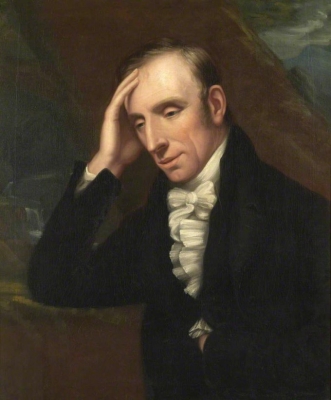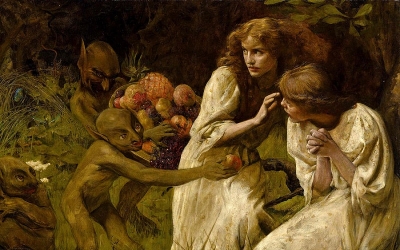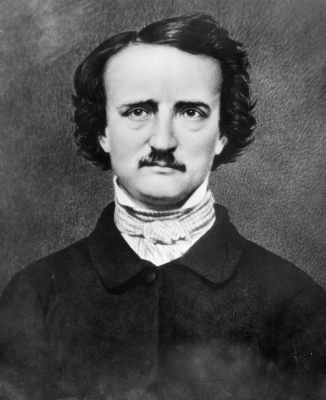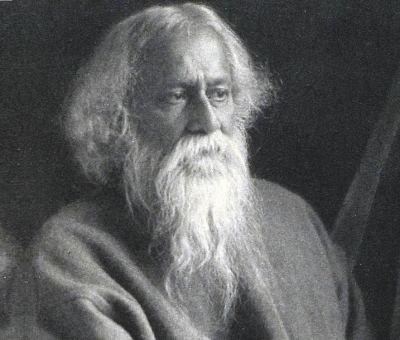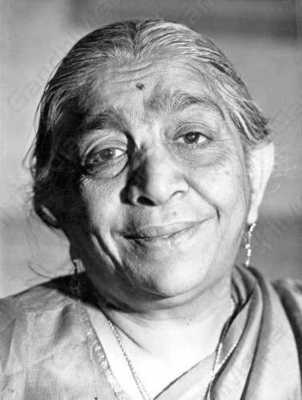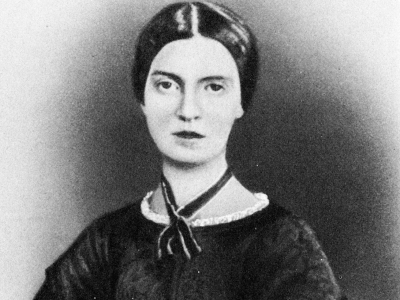
Emily Dickinson has received considerable attention during the 100 years since her death on May 15, 1886, and yet she remains almost as mysterious as Shakespeare. Some of her lines are so familiar that we quote them without knowing we are doing so: ''The Soul selects her own Society''; ''I'm Nobody! Who are you? / Are you - Nobody - Too?''; ''Success is counted sweetest / By those who ne'er succeed''; ''Parting is all we know of heaven, / And all we need of hell.'' They have entered our language with some of the anonymous authority of proverbs.
Emily Dickinson was born on December 10, 1830, in Amherst, Massachusetts. She attended Mount Holyoke Female Seminary in South Hadley, but only for one year. Throughout her life, she seldom left her home and visitors were few. The people with whom she did come in contact, however, had an enormous impact on her poetry. She was particularly stirred by the Reverend Charles Wadsworth, whom she first met on a trip to Philadelphia. He left for the West Coast shortly after a visit to her home in 1860, and some critics believe his departure gave rise to the heartsick flow of verse from Dickinson in the years that followed. While it is certain that he was an important figure in her life, it is not clear that their relationship was romantic—she called him “my closest earthly friend.” Other possibilities for the unrequited love that was the subject of many of Dickinson’s poems include Otis P. Lord, a Massachusetts Supreme Court judge, and Samuel Bowles, editor of the Springfield Republican.
Dickinson's great poetic achievement was not fully realized until years after her death, even though Dickinson understood her own genius when she lived. Many scholars now identify Dickinson's style as the forerunner, by more than fifty years, of modern poetry. At the time in which Dickinson wrote, the conventions of poetry demanded strict form. Dickinson's broken meter, unusual rhythmic patterns, and assonance struck even respected critics of the time as sloppy and inept. In time, her style was echoed by many of our most revered poets, including Ezra Pound and T.S. Eliot. However, while she lived, the few publishers could not appreciate the innovation of Dickinson's form. Her unique technique discomfited them, and they could not see beyond it to appreciate her jewels of imagery and her unexpected and fresh metaphors.
Dickinson's niece Martha Dickinson Bianchi and Dickinson's sister Lavinia collected and published some of Dickinson's poetry after her death, but the world was still slow to recognize Dickinson. In 1945, the collection of poems titled Bolts of Melody was published. In 1955 Dickinson's letters and selected commentaries on her life and work were published, and in 1960, her complete poems, edited by Thomas H. Johnson, were published. At last the world began to recognize Dickinson's innovation and brilliance. Today, Dickinson is ensconced in the canon and almost universally considered one of the greatest poets in history.
In recent years, many scholars have rejected the popular view of Emily Dickinson as a heartsick recluse who spent her entire life pining for an unnamed lover, foregoing sex and companionship in order to concentrate more fully on her writing. Some scholars have argued that research on Emily Dickinson has focused too heavily on her personal life and on the importance of men to her poetry. There can be no doubt, however, that her poetry was a forerunner to modern poetry and that her poems contained some of the most unusual and daring innovations in the history of American poetry.
Dickinson was experimenting with the form and structure of the poem. Many of her innovations form the basis of modern poetry. She sent her poems as birthday greetings and as valentines, but her love poetry was private. She tied it in tight little bundles and hid it away. She did, however, seek out a mentor in Thomas Wentworth Higginson, a prominent literary critic in Boston. They began a correspondence that would last for the rest of her life. Though she doggedly sought out his advice, she never took the advice he gave, much to Higginson's annoyance.
Picture Credit : Google
